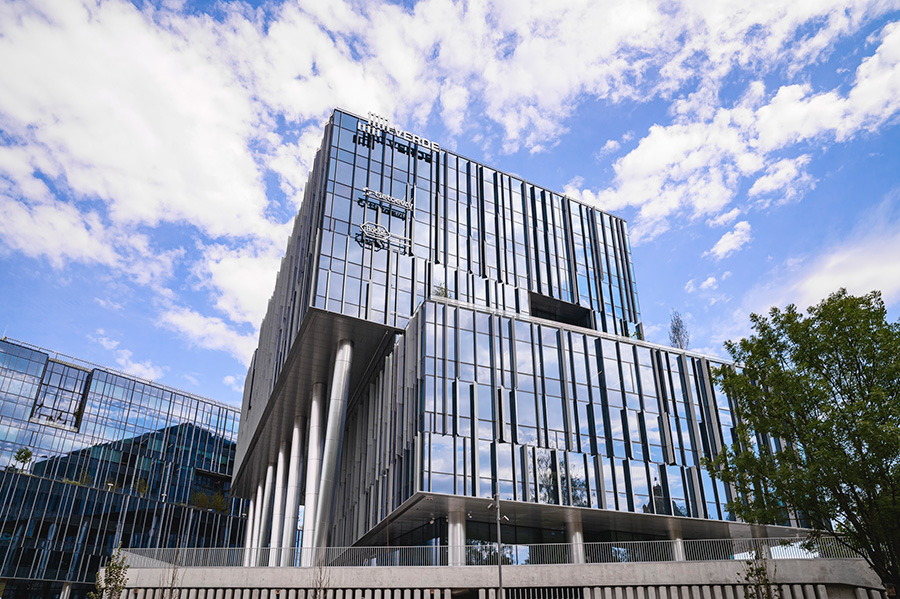Baltic Investors Localize

The Baltic real estate market is experiencing a slowdown—investments in the second quarter of this year fell to approximately €86.7 million, which is 58% less than in the same period last year. Despite this, real estate investment returns remain high. Experts note that investors are seizing opportunities “here and now” before the market changes take hold. Particularly, there is a growing investor focus on the quality of projects and an increasing localization, concentrating capital in their own markets, often not only in specific countries but also in selected cities.
“Across the Baltic countries, we see a clear trend where local investors are increasingly focusing on their home markets. This shift is a response to the perceived stability or opportunities in familiar areas, where investors know their city well and feel connected to the local environment,” says Mindaugas Liaudanskas, CEO of Capitalica Asset Management.
The SBA investment management company completed the construction of the greenest office complex in Riga, Verde, at the end of April this year. In August, the company announced plans to expand its operations in Riga by constructing new A-class office buildings next to the fully completed Verde complex, which is set to be implemented over the next couple of years. Additionally, Capitalica Asset Management manages 5 funds, which oversee the Žalgirio 135 business center in Vilnius, the Kauno Dokas business center in Kaunas, and others.
According to M. Liaudanskas, some industrial space tenants in the Baltic countries have begun purchasing properties they previously leased due to attractive price offers, further strengthening this localized investment phenomenon.
However, the investment expert adds that despite the decrease in investment volume, yield indicators in the Baltic real estate market have remained relatively unchanged:
“Yields in the second quarter of this year remained fairly stable, with office segment yields rising slightly from 6.25 – 6.75% to 6.50 – 6.75%, and residential yields increasing from 6.00 – 6.25% to 6.00 –6.50%. This shows that although investment volumes have declined, the foundations of the market remain stable and can withstand short-term fluctuations.”
Modernizing Existing Assets
Supply and demand in the Baltic commercial real estate market was balanced in the second quarter.
New office completions in all three Baltic capitals accounted for 33,000 sqm of new space, and seven new projects are expected to add another 60,000 sqm of gross lettable area over the next year, says the expert.
“The vacancy rate in all segments of the commercial real estate market has remained stable. However, it is likely that with the introduction of new projects to the market, the vacancy rate will increase slightly. Current trends confirm that there is a growing demand for higher-class premises, and companies are choosing new buildings for their offices, making investments in quality essential. We also see that some office owners, in response to this, are starting renovation work on older premises,” says M. Liaudanskas.
He points out that value-added strategies are gaining popularity in the Baltic region. Companies aim to enhance the value of their existing assets by undertaking various improvements, modernizations, or optimizations. This allows a company to acquire assets at a lower cost, use its expertise to renovate, and thus increase their value.
What Lies Ahead?
The European Interbank Offered Rate (EURIBOR) is only beginning to decrease, signaling more favorable borrowing conditions in the market, says M. Liaudanskas:
“The current period is particularly advantageous for those looking to acquire property or start new projects, as there is still an opportunity to negotiate better prices and face less competition. These circumstances offer the chance to act proactively and secure better returns on investment in the future. Those who take advantage of this situation before market changes intensify and create greater pressure on prices and competitiveness will come out ahead.”

